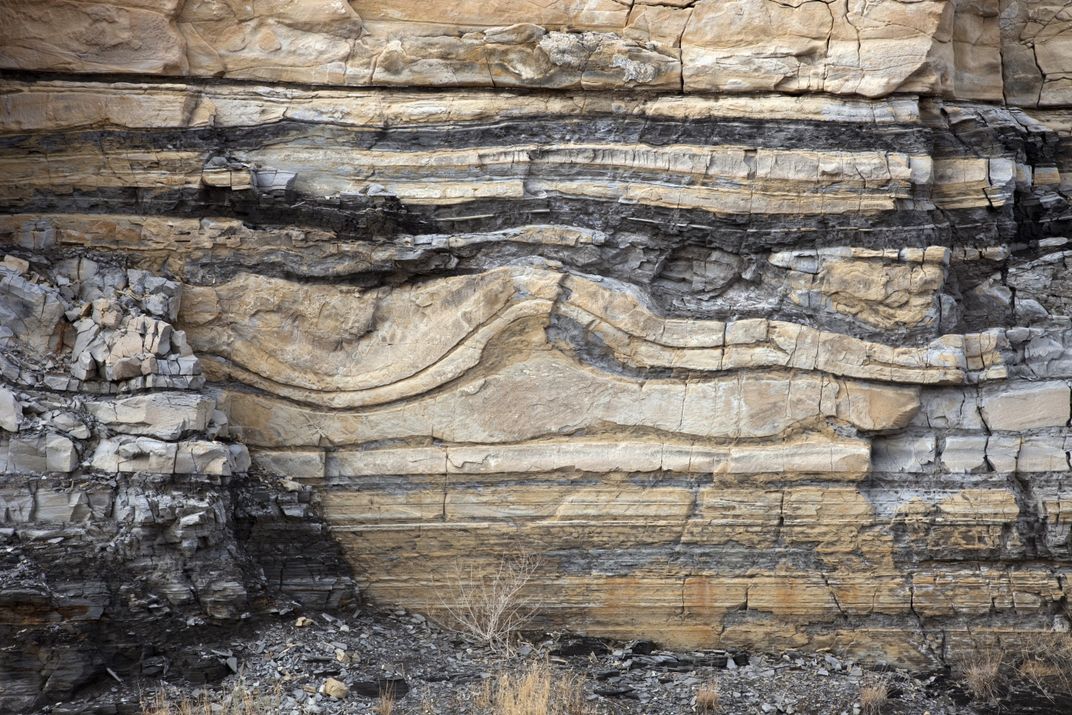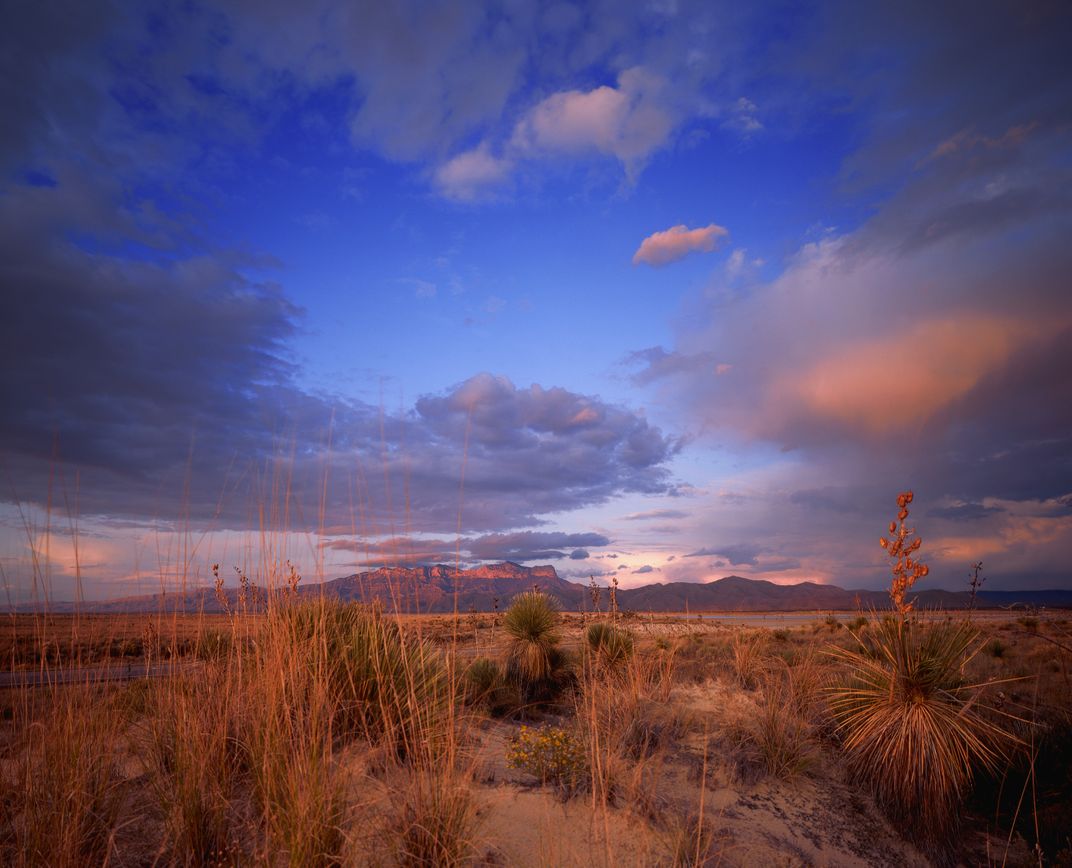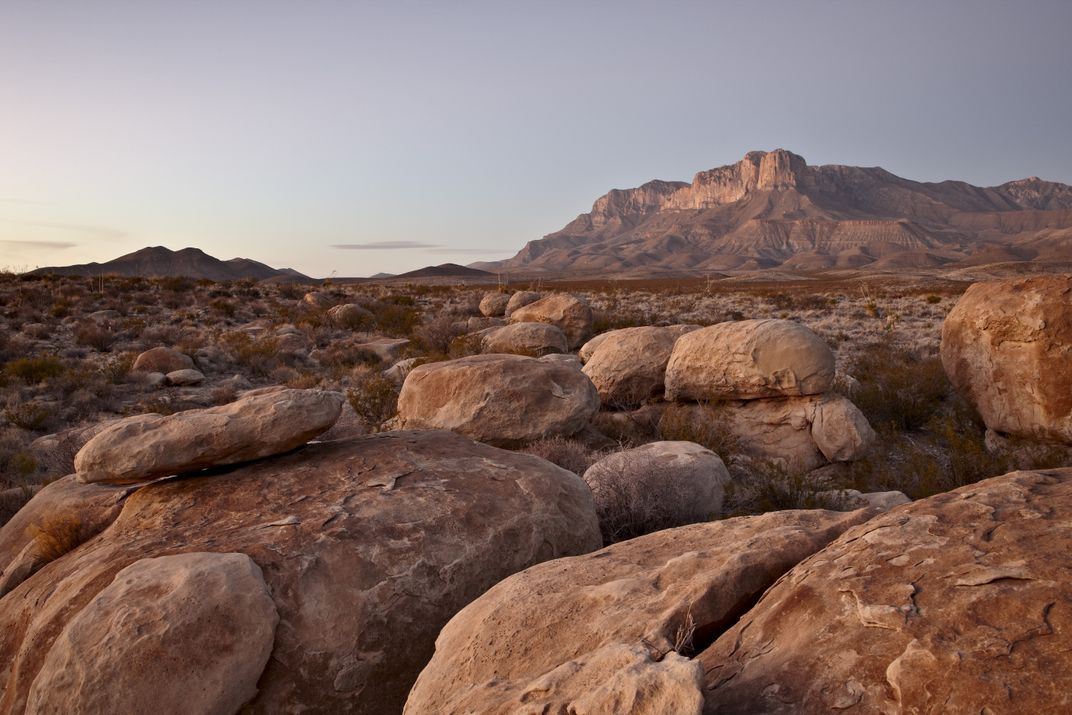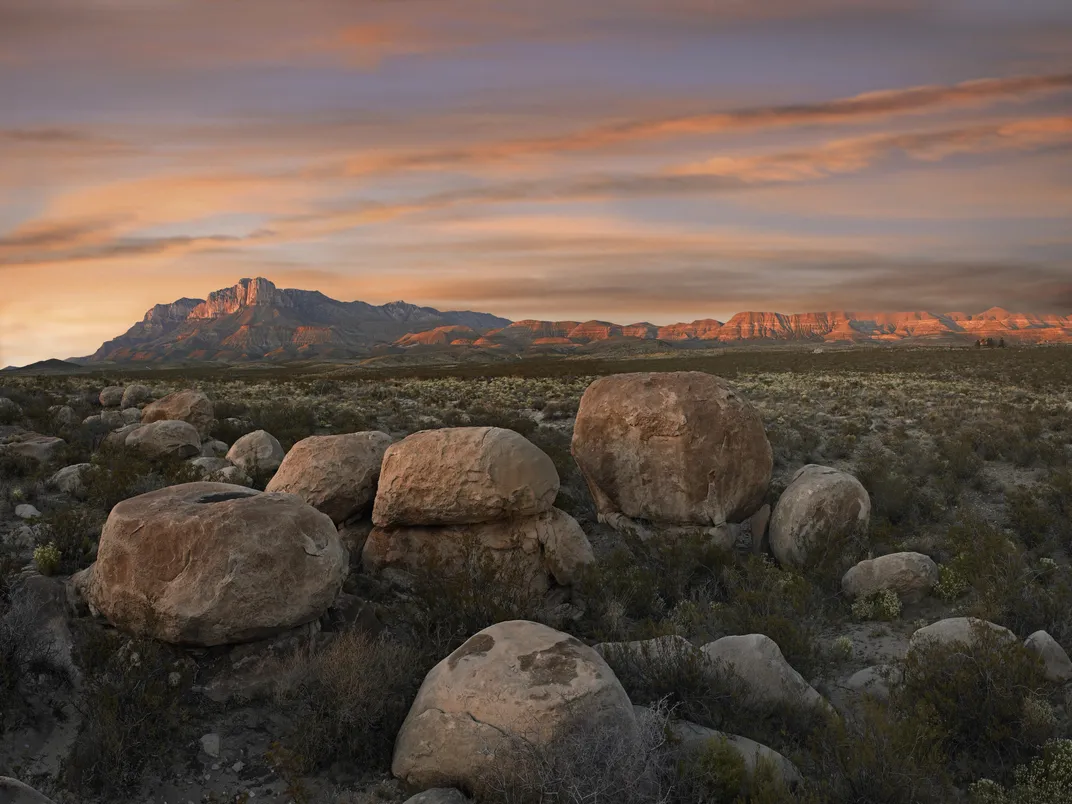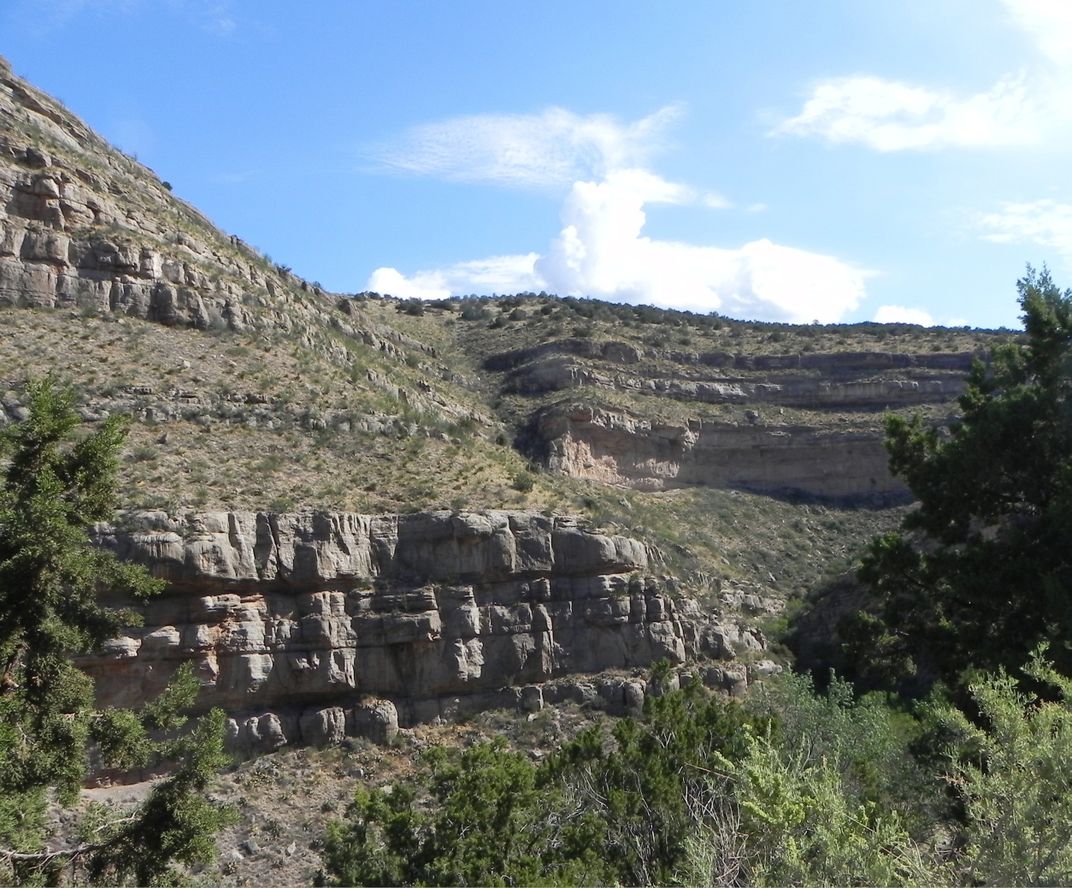Guadalupe Mountains Wilderness
Exposed fossil reef, rough hiking and extreme weather
Location: Texas
Size: 46,850 acres
Year Designated: 1978
Fast Fact: The Guadalupe Mountains Wilderness contains the most extensive exposed fossil reef on Earth.
Around 260 million years ago, the area that is now defined by the peaks of the Guadalupe Mountains was inundated by a giant, ancient lake. At the edge of this lake, a 350-mile long coral reef formed, which died and was buried by sediment when the lake receded. When an uplift event, millennia later, created the Guadalupe Mountains, the once-buried reef was lifted with the mountains—and as erosion wore down the sediment that surrounded the reef, it was once again exposed to the world. Today, the reef constitutes the most extensive exposed fossil reef on Earth, and the most impressive portion of that reef is located directly within the Guadalupe Mountains National Park.
More than half of the park is designated as wilderness. Though the area has no reliable water source, it still manages to support a wide array of life, serving as home to more than 900 types of plants, 60 different kinds of mammals, 310 types of birds and 55 different reptiles.
